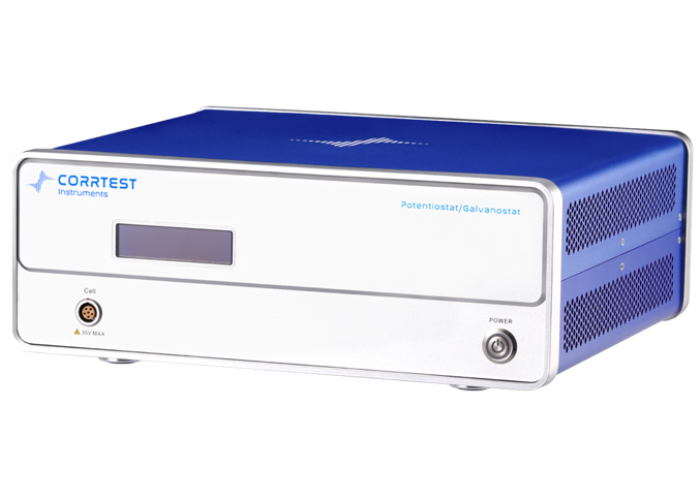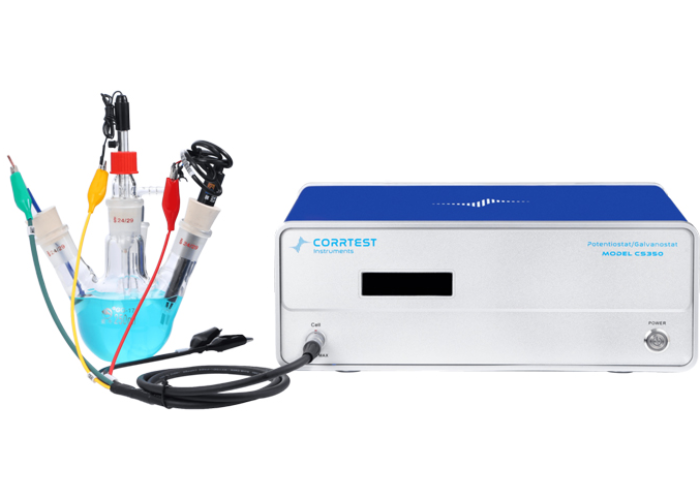
Pitting corrosion potential measurement potentiostat CS300M
Dedicated instrument for corrosion studies
CS300M Potentiostat/Galvanostat contains a fast digital function generator, high-speed data acquisition circuitry, a potentiostat and a galvanostat. With high performance in stability and accuracy with advanced hardware and well-functioned software, it is an entery and cost-effective model. With methods such as Potentiodynamic (Tafel plot), it’s widely used to measure pitting corrosion potential.
International standards of pitting corrosion potential measurement:
China: GB 4334.9-84
USA: ASTM G61-1986(2014)
Japan: JIS G0577-1981
Other standards
GB/T 17899-1999
GB/T 18590-2001
GB/T 32550-2016
Industry standards
YY/T 1074-2002
YY/T0149-2006
YY/T 0695-2008
Software parameters’ setting
Typical Pitting potential
Technical Specifications
Precision engineering for accurate measurements
| Support 2-, 3- or 4-electrode system | Potential and current range: Automatic |
|---|---|
| Potential control range: ±10V | Current control range: ±2A |
| Potential control accuracy:0.1%×full range±1mV | Current control accuracy: 0.1%×full range |
| Potential resolution: 10μV (>100Hz),3μV (<10Hz) | Current sensitivity:1pA |
| Rise time: <1μS (<10mA), <10μS (<2A) | Reference electrode input impedance:1012Ω||20pF |
| Current range: 2nA~2A, 10 ranges | Compliance voltage: ±21V |
| Maximum current output: 2A | CV and LSV scan rate: 0.001mV~10,000V/s |
| CA and CC pulse width: 0.0001~65,000s | Current increment during scan: 1mA@1A/ms |
| Potential increment during scan:0.076mV@1V/ms | SWV frequency: 0.001~100 kHz |
| DPV and NPV pulse width: 0.0001~1000s | AD data acquisition:16bit@1 MHz,20bit@1 kHz |
| DA Resolution:16bit, setup time:1μs | Minimum potential increment in CV: 0.075mV |
| Low-pass filters: covering 8-decade | Operating System: Windows 10/11 |
| Interface: USB 2.0 | Weight / Measurements: 6.5kg, 36.5 x 30.5 x16 cm |
| Potential range | ±10V(CS2020B) / ±5V(CS2040B) / ±5V(CS2100B) |
| Current range | ±20A(CS2020B) / 40A(CS2040B) / 100A(CS2100B) |
| Current range | 20A/40A/100A fixed range |
| Compliance voltage | ±13V (when output±20A limit current, maximum output ±10V@20A) |
| EIS Frequency range | ≤50KHz |
| Communication | RS485 |
Methods/Techniques
Want to learn more about these techniques?
Check out our Introduction to Electrochemical Techniques blog for an in-depth overview of their principles and applications.
Resources & Downloads
Everything you need to get started
Pitting corrosion potential measurement Potentiostat CS300M
Customer Reviews
Related Product
Explore our precision instruments designed for electrochemical research and energy applications

PP212
- Modes of Operation: Potentiostatic, Galvanostatic, Pseudo-Galvanostatic, OCP
- Max Power: 200 W
- Max Voltage: ±20 V
- Max Current: ±10 A
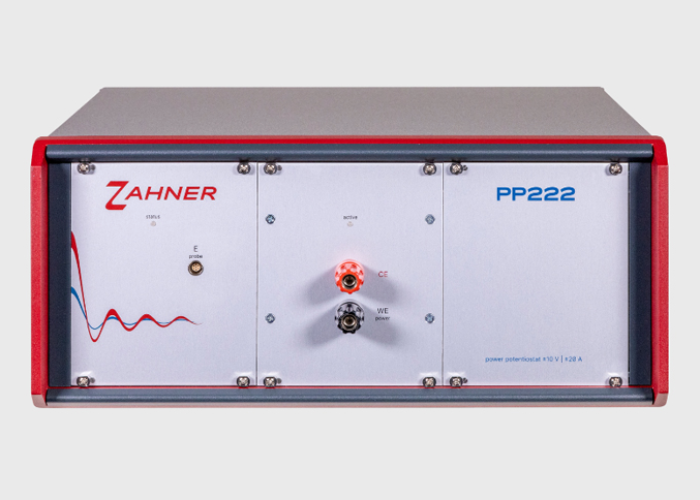
PP222
- Modes of Operation : Potentiostatic, Galvanostatic, Pseudo-Galvanostatic, OCP
- Max Power: 200 W
- Max Voltage: ±10 V
- Max Current: ±20 A
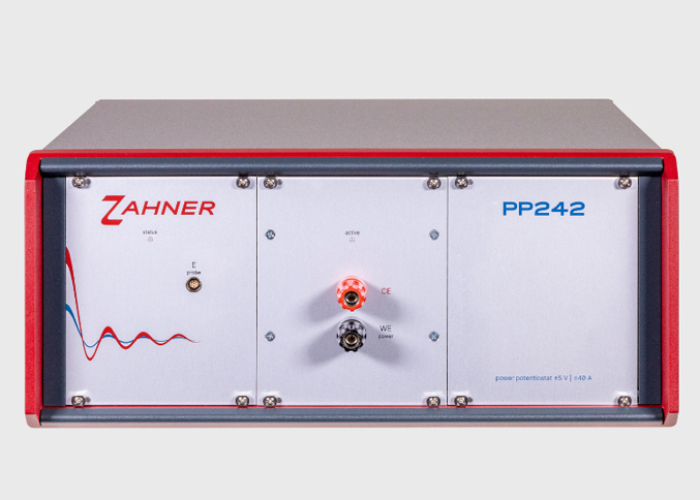
PP242
- Modes of Operation: Potentiostatic, Galvanostatic, Pseudo-Galvanostatic
- Max Power: 200 W
- Max Voltage: ±5 V
- Max Current: ±40 A
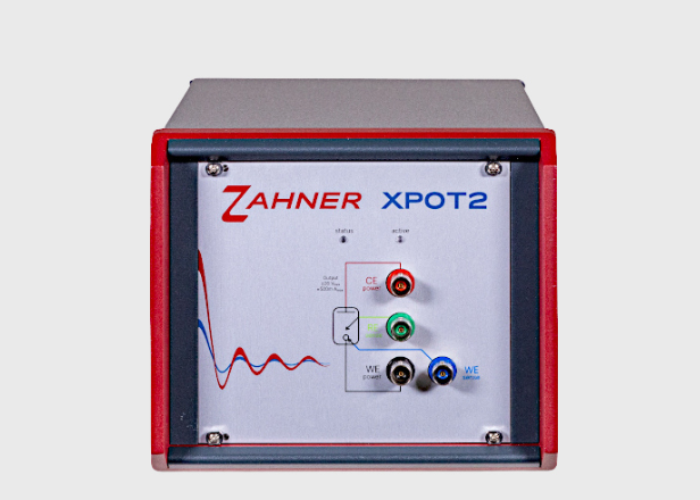
XPOT2
- Modes of Operation: Potentiostatic, Galvanostatic, Pseudo-Galvanostatic, OCP
- Max Power: 12 W
- Max Voltage: ±25 V
- Max Current: ±0.5 A
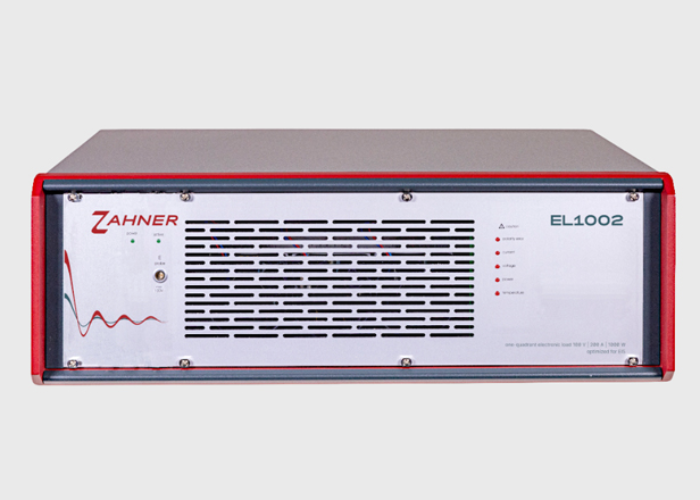
Electronic Load – EL1002
- Modes of Operation: Potentiostatic, Galvanostatic, Pseudo-Galvanostatic
- Maximum Measurable Voltage: ±100 V
- Maximum Measurable Current: ±680 A
- Maximum Input Voltage: 100 V
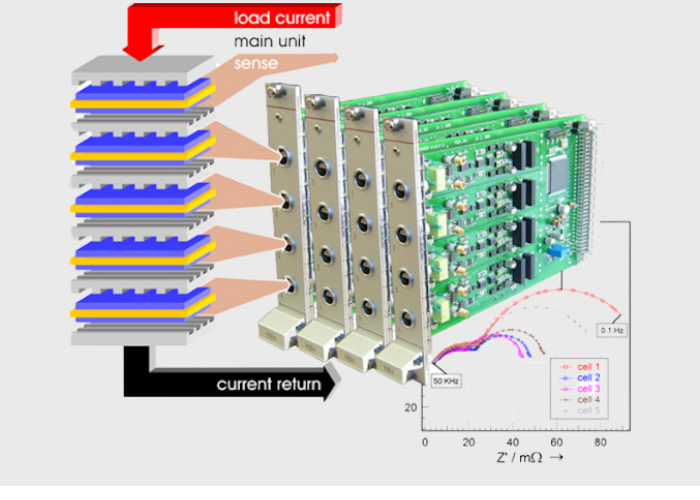
PAD4 Cards
- Channels per card: 4 individually addressable
- Sockets: 4x Lemosa EGA.0B.307.CLL
- Input voltage range: ±4 V, ±5 V1, ±10 V1, ±12 V1, ±20 V1 or ±24 V1
- Input voltage accuracy: ±250 µV ±0.05% of reading ±4 V input voltage range
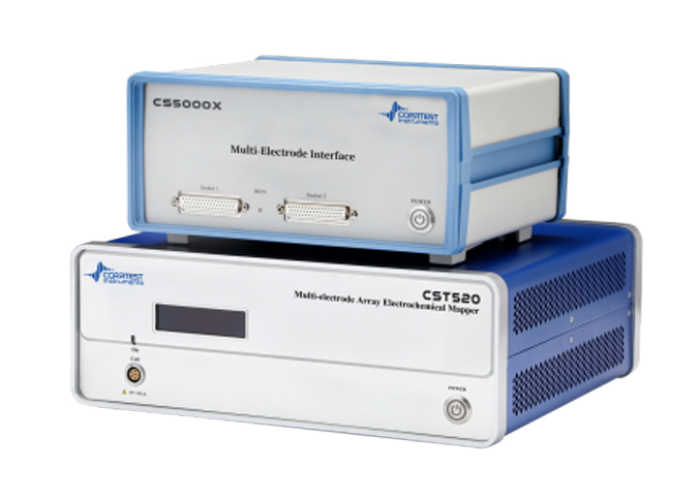
CST520 Multi-electrode Array Electrochemical Mapper
- Potential range: ±10V, ±5V, ±2.5V
- Potential control accuracy: 0.1% of Full scale±1mV
- Current range: 2nA~2 A,10 ranges
- Maximum current output: ±2A
Still Wondering About Something?
Explore our FAQ for fast, clear answers to the most common questions—available 24/7.

